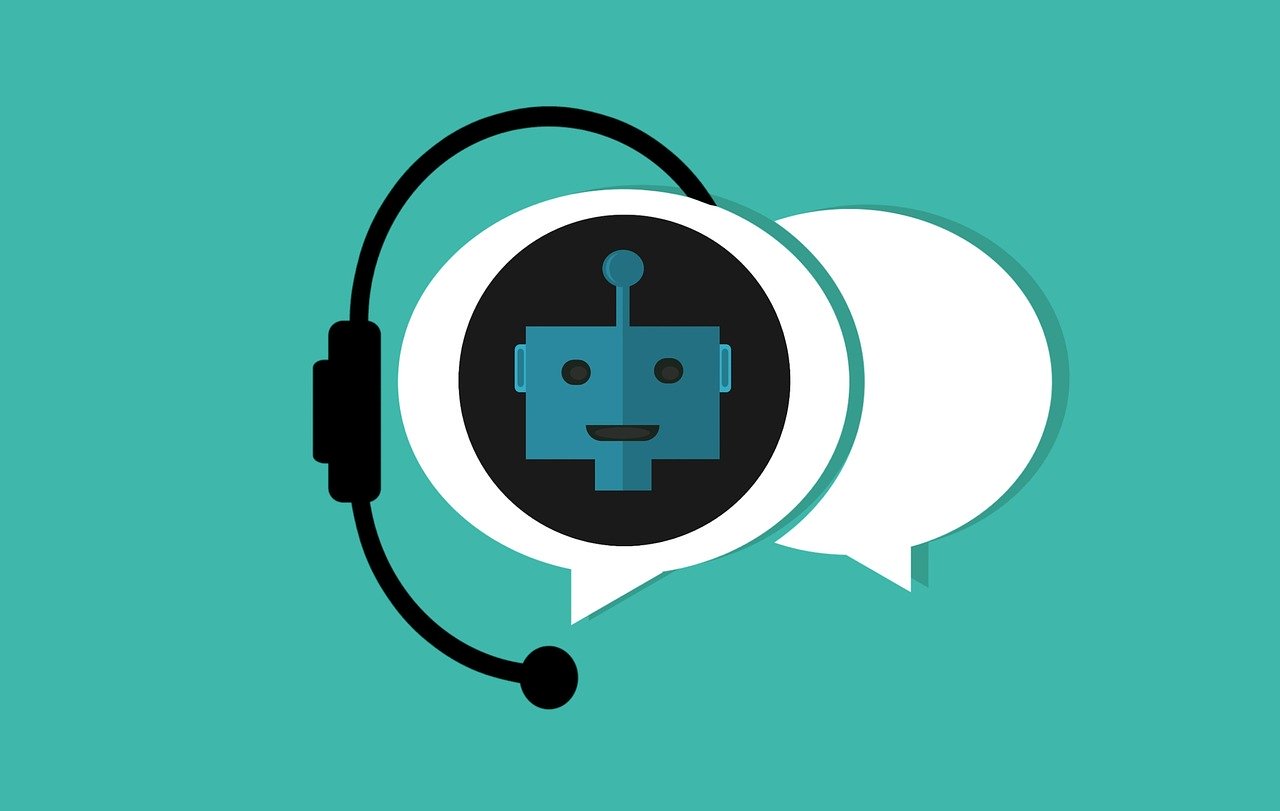Blog

Chatbots in Customer Relations
Chatbots in Customer Relations: Trends, Advantages, and Disadvantages
- A chatbot is a software that’s programmed to answer – via audio or text –general questions from users.
- There are two types of robots: those programmed to carry out a certain number of tasks and those developed using AI (artificial intelligence), which can continually “learn” from user interactions.
- In 2019, most chatbots were used on Facebook Messenger (300,000).
- It is expected that the customer care chatbot market will have the most spectacular evolution by 2026, with an annual growth rate of 31.6%.
What is a chatbot?
A chatbot is a software that’s programmed to answer – via audio or text – general questions from users. More recently, chatbots have been developed using artificial intelligence and machine learning technology, so that they better emulate human behavior. Thus, it can be said we have two types of robots: those programmed to carry out a certain number of tasks and those developed using AI (artificial intelligence), which can continually “learn” from user interactions.
What’s the use of a chatbot?
Conversational robots first appeared a long time ago (the first was the Julia Verbot in 1994, according to Wikipedia), but only in the last few years did they start gaining popularity. Thus, they started being used more and more in customer service (in call centers, live chat or instant messaging apps), with the intention of replacing the people who were handling these tasks.
Who uses this technology
Chatbots are used in order to imitate a human during important interactions with humans, to help business processes, to make bank operations easier or simply as personal assistants.
According to the statistics, right now 58% of the companies that use chatbots are B2B, but by the end of 2020 it is expected that the total number of businesses implementing this technology will reach 80%.
How can you create chatbots, and on which platforms can you use a chatbot?
First of all, you need to know that you don’t require a lot of IT knowledge in order to create a chatbot. Right now, several platforms are available to help you create and train such a robot, such as:
- Chatfuel – to create Facebook Messenger bots;
- Motion AI – offers the possibility of integrating the bot with SMS services, e-mail, Facebook Messenger, Slack, keeping it connected to the platform;
- Dialogflow – helps you create a chatbot for your own website or mobile app, as well as for Facebook Messenger or other popular platforms, with the caveat that you need some programming knowledge in order to do that;
- Botsify – also helps you create a chatbot to use on your website, as well as the other previously mentioned platforms.
In 2019, most chatbots were used on Facebook Messenger (300,000) by companies promoting their business on the social media platform.
Some international statistics
In 2019, chatbots’ market value was 2.6 billion dollars, while by 2024 it is expected to reach no less than 9.4 billion dollars, with an annual growth rate of 29.7%according to Business Insider.
On the other hand, r the chatbot market size in Europe is predicted to have an annual growth rate of 30.4%.
Also, it is expected that the customer care chatbot market will have the most spectacular evolution by 2026, with an annual growth rate of 31.6%.
User preferences
Regarding users’ perception of this technology, it seems that Europeans are much more open to it, compared to Americans or Asians. Thus, 50% of French users have a positive opinion of chatbots, compared to 32% in the US and 33% in Japan. Therefore, although not as advanced in terms of technology as the US or Asia, Europe (in particular, the more developed countries) tends to be more receptive to this technology. (source)
Advantages of using a chatbot
If you don’t know if or why you should implement this technology, here are some features that can help you make a decision.
1. 24/7 Customer support
Maintaining a team that offers customer support at any hour can be very expensive and hard to manage. Consequently, using a chatbot that instantly answers customers’ issues (even if it doesn’t also instantly fix them) can mean lowering human resources costs and simultaneously increasing users’ trust in your brand.
2. Increase of productivity
Many companies opt for a chatbot to take over repetitive tasks (those that are hard for a human to fulfill long-term) from customer support staff. With this burden off their shoulders, an employee can be more productive and client-oriented, which will automatically translate to higher customer satisfaction.
3. Lowering costs
One of the immediate benefits of using this technology is lowering operational costs, as mentioned previously. Therefore, you won’t have to keep paying for someone to answer customer questions 24/7, you won’t have to give raises or bonuses, etc.
The chatbot will do its work without being motivated or compensated. It only needs to be trained to best fulfill the needs of users.
Moreover, if your business deals with clients from multiple countries, you won’t have to find people who can speak different foreign languages. A chatbot can manage client demands regardless of the language they’re in, provided it has been correctly programmed.
4. Accuracy in relaying information
Humans are prone to error. No matter how well trained an employee might be, they can still make a mistake at some point, forget some information or neglect to perform certain tasks, especially when the work volume is high. A chatbot, on the other hand, can accurately answer users' queries and perform the tasks it was programmed for without any issues, regardless of the volume.
5. Increasing customer satisfaction
Most people no longer mind the fact that they’re having a conversation with a robot (which used to be a problem, when there was still greater reluctance regarding chatbots), their only concern being having their issues solved efficiently, be it requiring certain information or making a purchase.
Thus, the more quickly customers’ needs are met, the more their satisfaction grows, as well as the probability of them buying from you – now and in the future.
Disadvantages of using a chatbot
Just as everything has good parts, it also has bad parts, and this technology is no exception. Here are the main disadvantages of using chatbots.
1. Hard to manage
If you don’t have the required technical knowledge, it can be quite difficult to manage such technology and to train the robot so that it offers the most customized answers and solutions. In this case, you’ll have to either find specialized help or pay to become specialized yourself. Regardless of the decision, you’ll still have to pay.
2. Limited abilities
Most chatbots are trained to answer just a few basic questions or requests (level 1). They cannot offer personalized answers or make decisions. That can frustrate customers, who might prefer to talk to a human being. In this case, you should offer customers the possibility of speaking to a live agent.
3. Lack of emotion
Some clients might be offended by the fact that the bot is not able to answer with the same empathy that an operator (presumably) would, and might abandon the chat interaction. The solution to this is also to provide the possibility of speaking to a live agent, as well as better training the chatbot using artificial intelligence.

